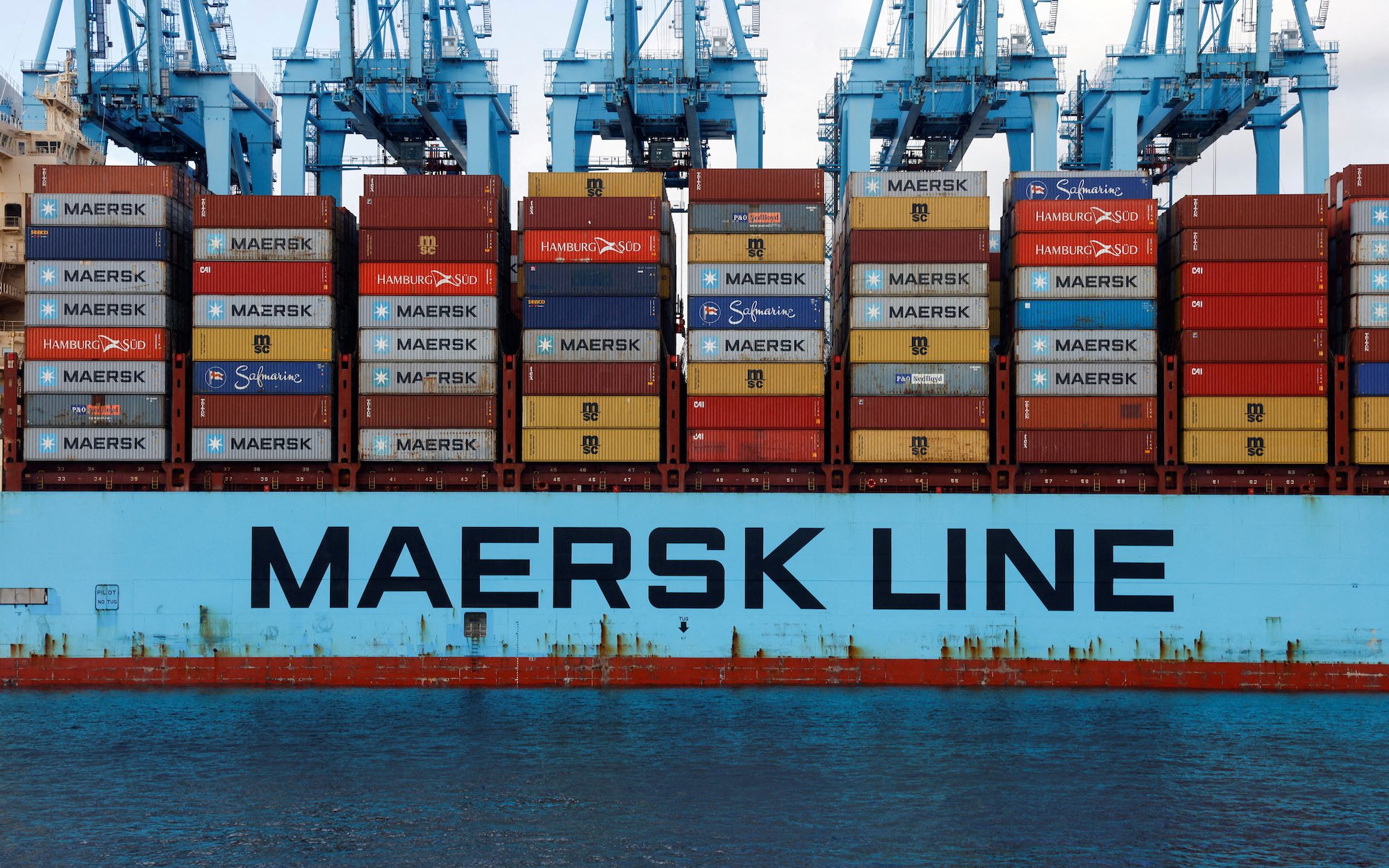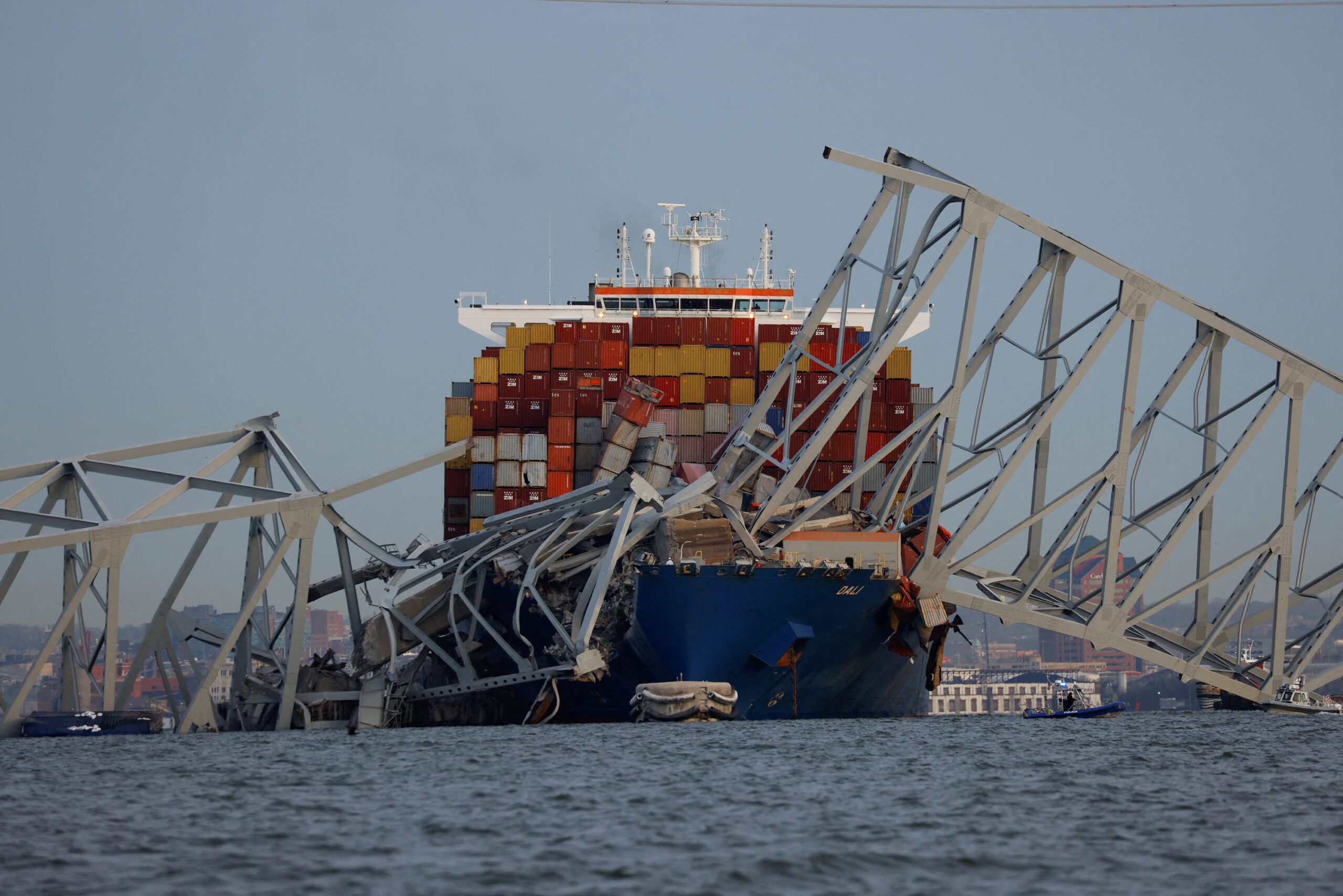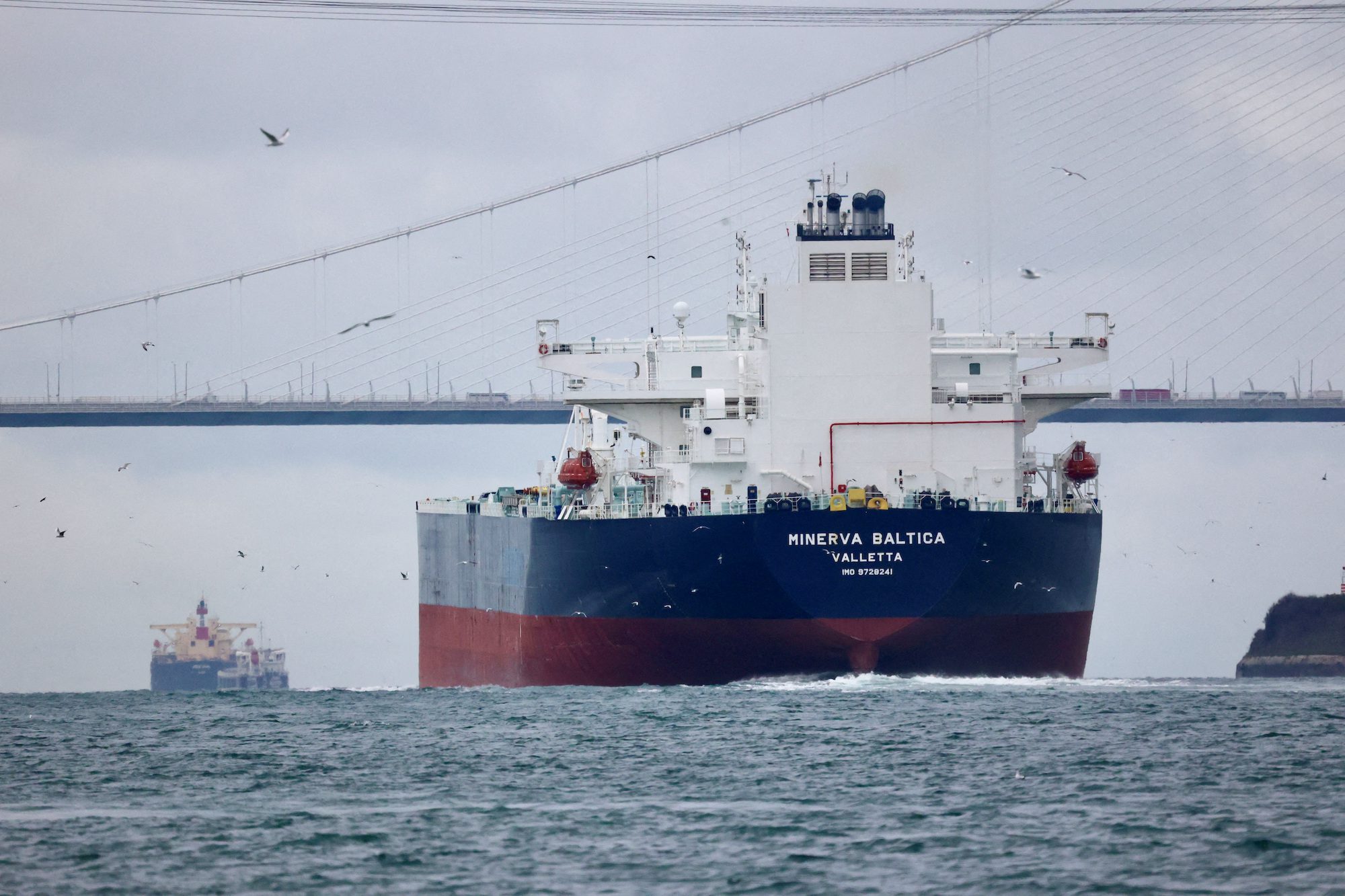Photo credit:
Norwegian oil and gas company Statoil has been assigned the task of developing a carbon storage facility offshore Norway, in what could be the world’s first storage site to receive carbon dioxide from several industrial sources.
The storage project is part of Norwegian government’s efforts to develop full-scale carbon capture and storage in Norway. The project was assigned by the Norwegian state-owned carbon capture technology firm Gassnova.
According to Statoil, the system will capture CO2 from three onshore industrial facilities in Eastern Norway and transport CO2 by ship from the capture area to a receiving plant onshore located somewhere on the west coast of Norway. At the receiving plant, CO2 will the be pumped over from the ship to tanks onshore before being sent through pipelines on the seabed to several injection wells east of the Troll field on the Norwegian Outer Continental Shelf, Statoil said.
Several possible locations for the receiving plant will be evaluated and a final decision will be based on criteria such as safety, costs and expansion flexibility, Statoil added.
In addition, the storage solution to be evaluated will have the potential to receive CO2 from both Norwegian and European emission sources, according to Statoil.
Statoil says that studies performed in 2016 show that it is technically feasible to realize a carbon capture and storage chain in Norway, and technologies for carbon capture and storage in geological formations are also well known and established.
Future carbon storage could also benefit the hydrogen market, as hydrogen produced from natural gas generates CO2 as a by-product.
“Carbon capture and storage (CCS) is an important tool to reduce carbon emissions and to achieve the global climate targets as defined in the Paris Agreement,” says Irene Rummelhoff, Statoil’s executive vice president for New Energy Solutions. “The CCS project that has been assigned to us will require an entirely new collaboration model with carbon capture from several industrial sources, carbon transportation by ships, and carbon storage 1000-2000 meters below the seabed. In addition, this may be the start of the world’s first CCS network across national borders. Much work remains, but if we are successful, this may open new business opportunities both for Statoil, our collaboration partners and Norwegian industry.”
The next phase of the project, to be performed by Statoil, will involve concept and pre-engineering studies in order to evaluate the possibilities in more detail and to get accurate cost estimates towards a possible investment decision, which could be made by the Norwegian Parliament in 2019.
“The next big tasks are developing technology, regulations and general commercial conditions that may stimulate an extensive roll-out of CCS,” says Rummelhoff.
Unlock Exclusive Insights Today!
Join the gCaptain Club for curated content, insider opinions, and vibrant community discussions.

 Join The Club
Join The Club













